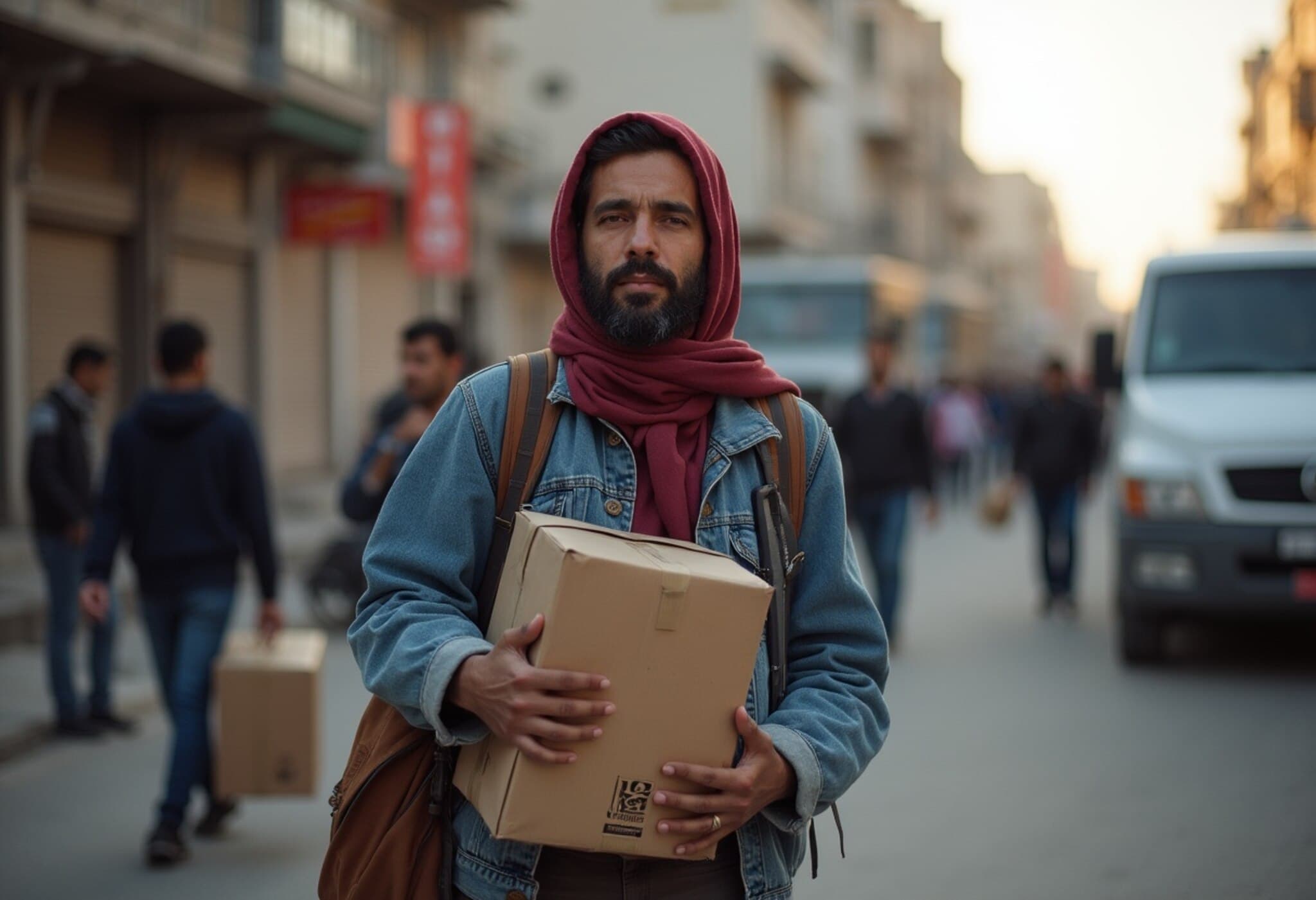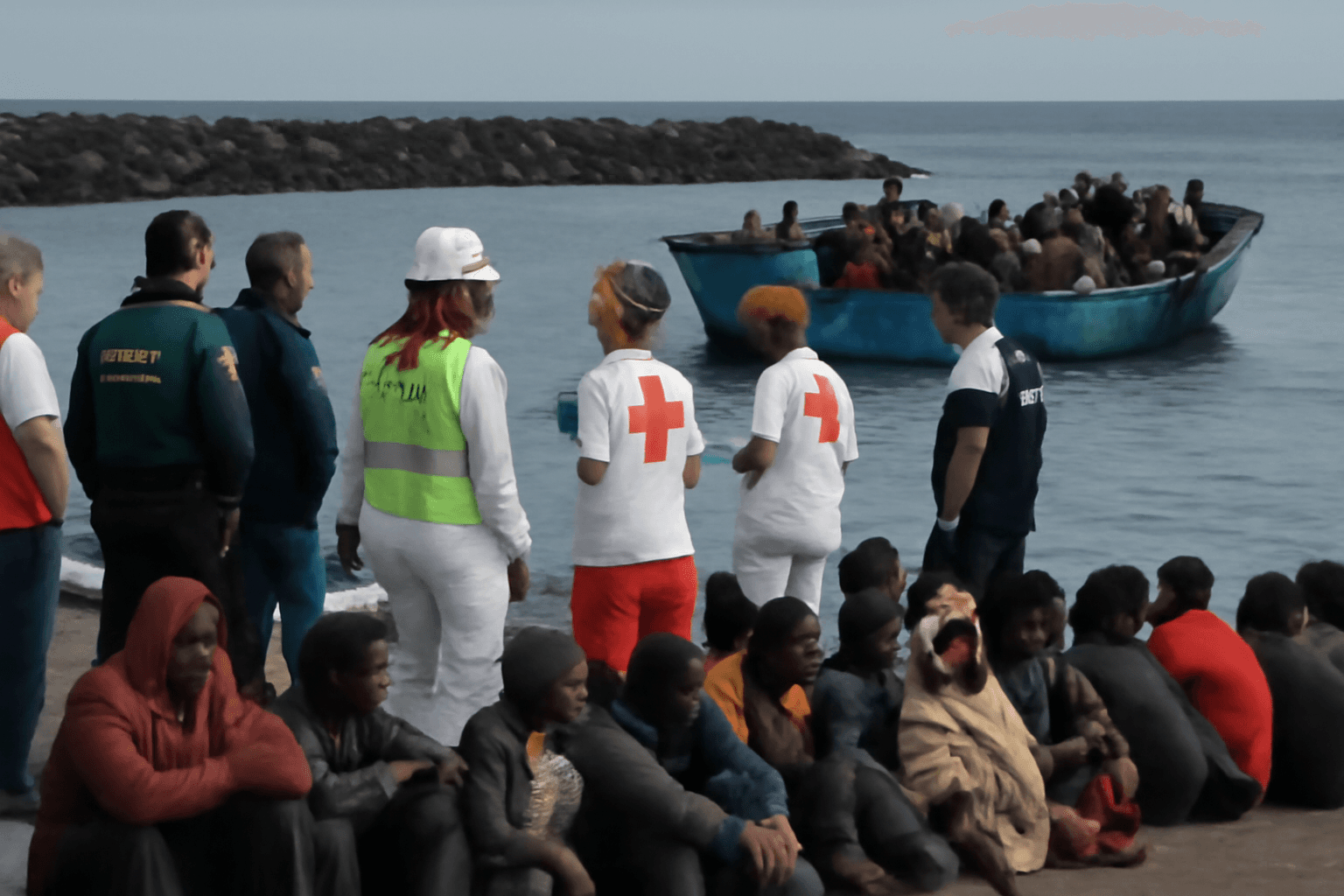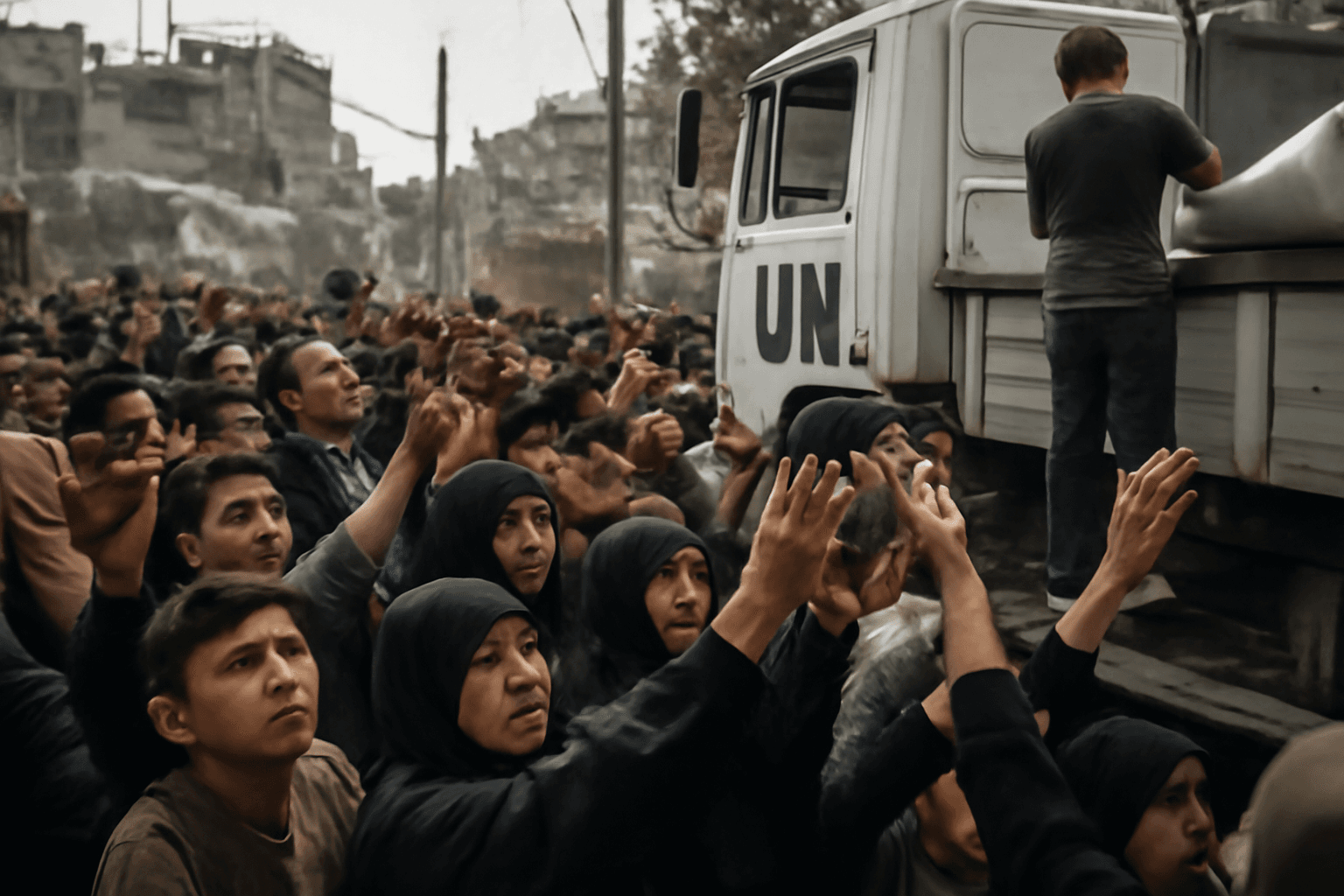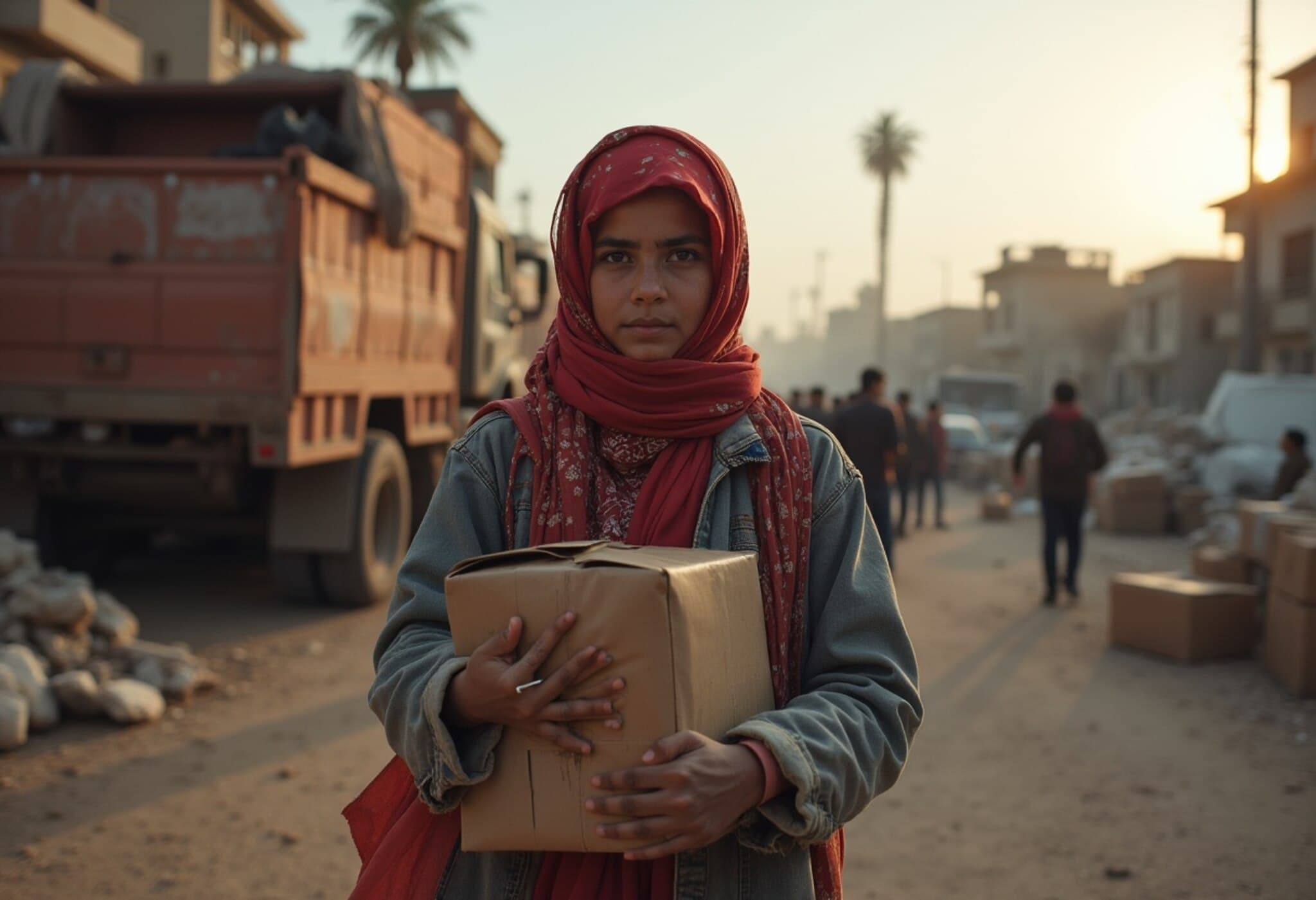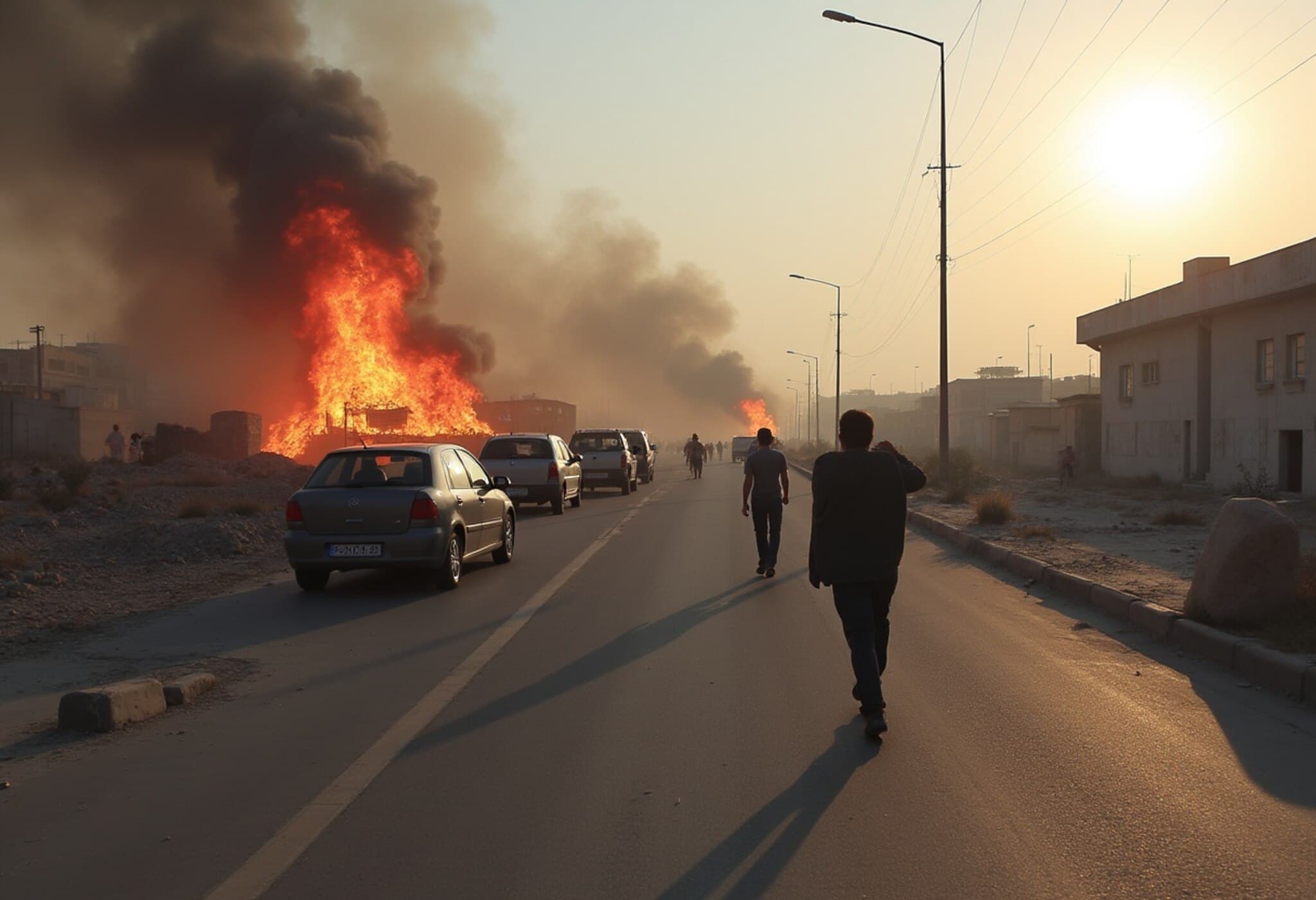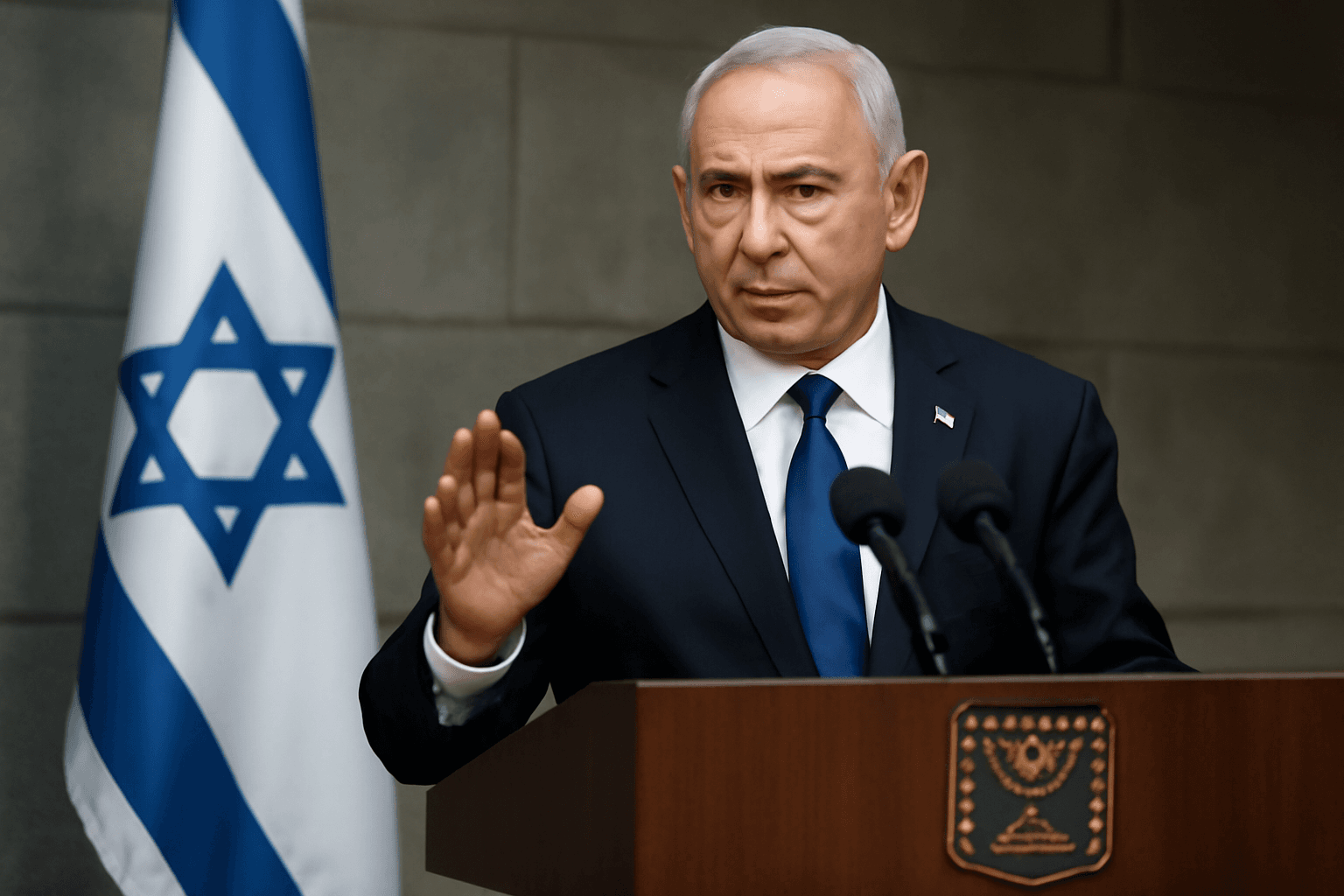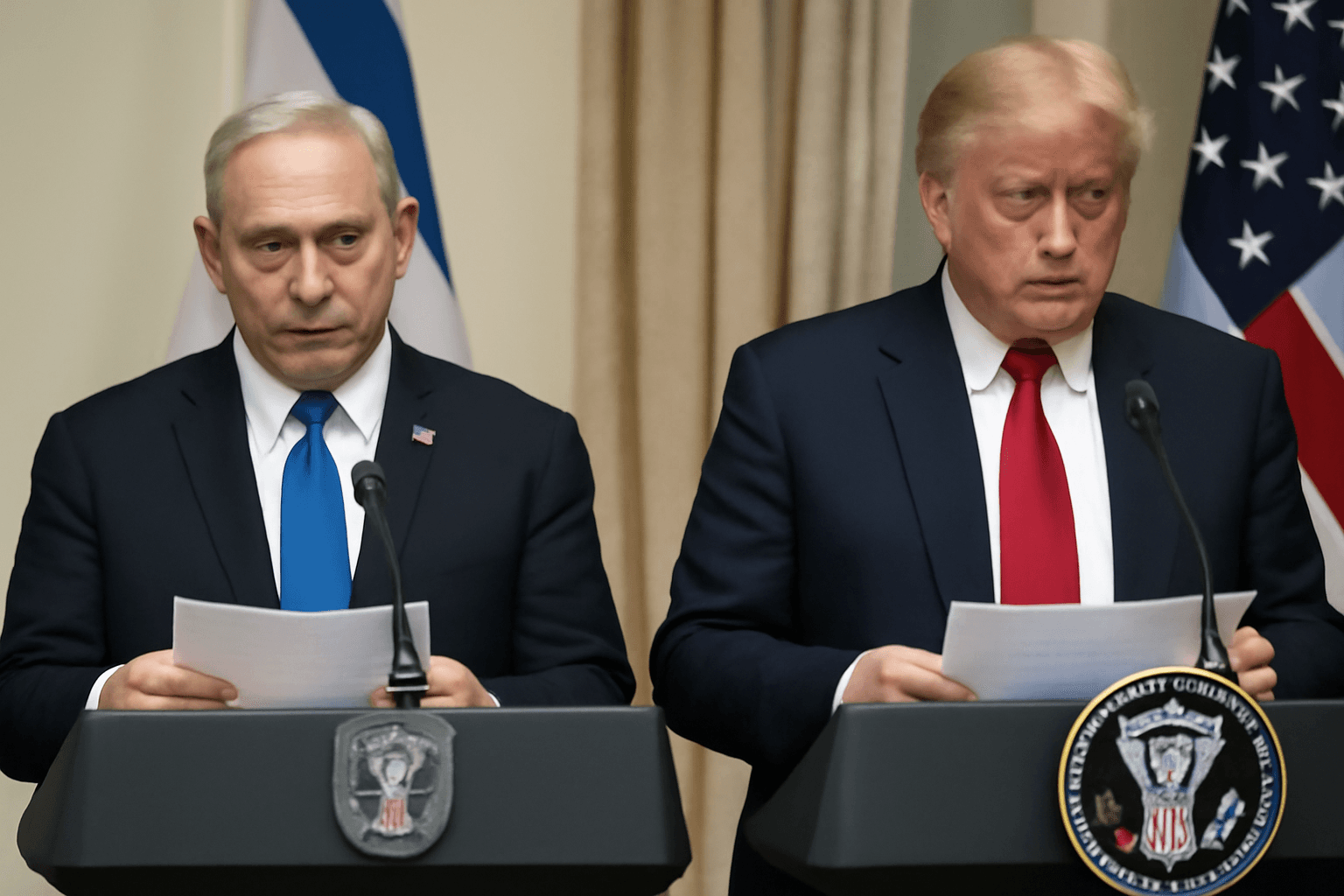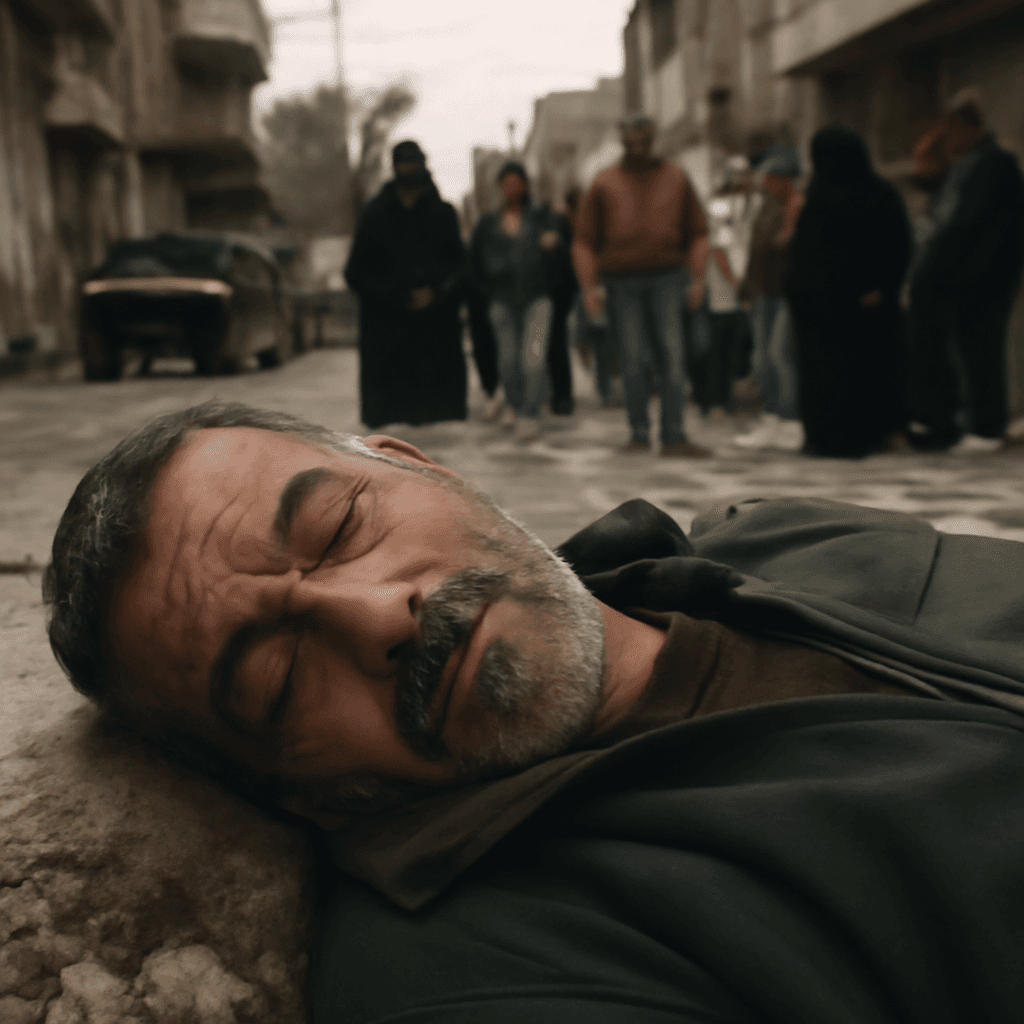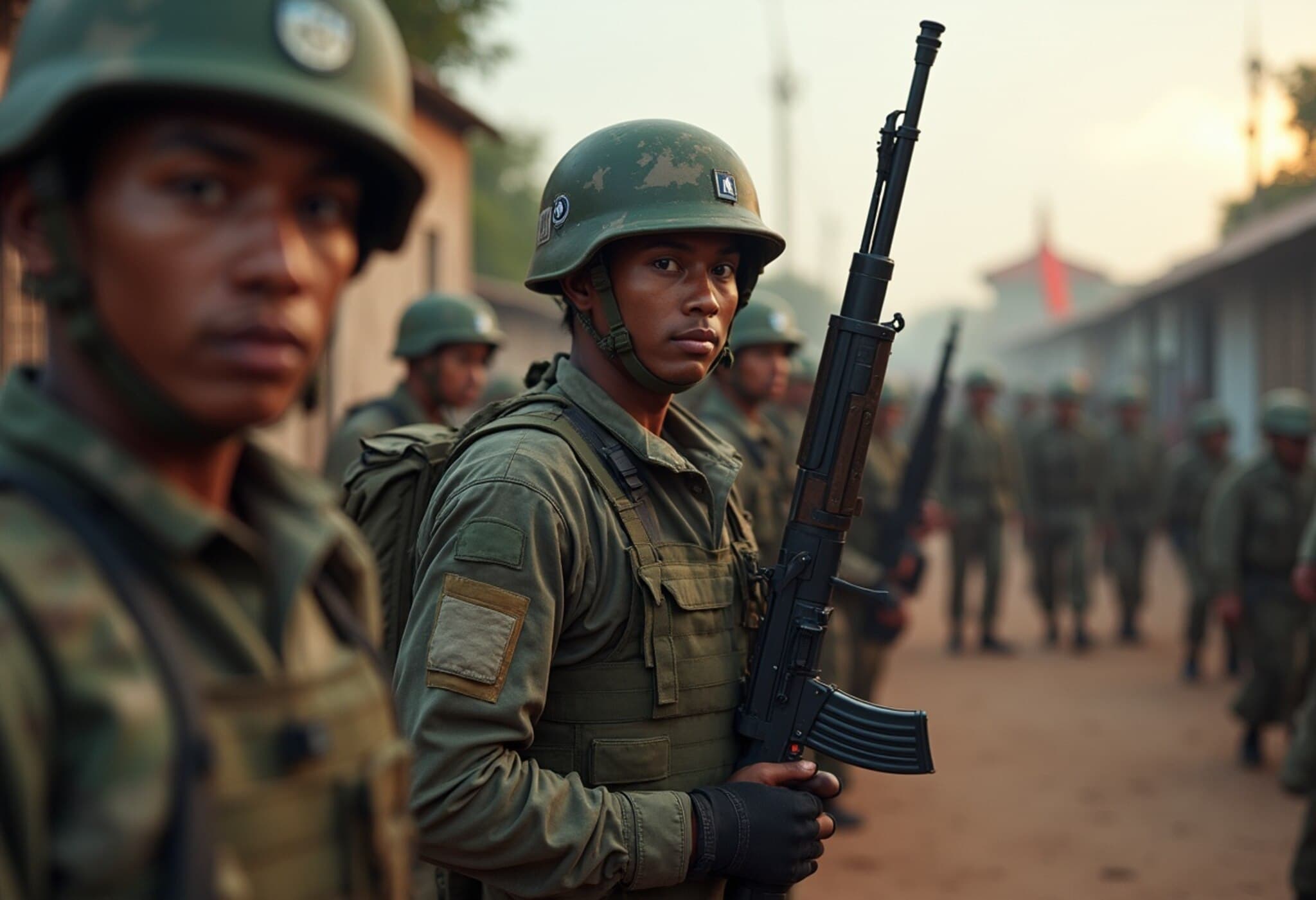UN Highlights Humanitarian Dangers at Gaza Aid Distribution Points
In a recent and sobering update, the United Nations Office of the High Commissioner for Human Rights (OHCHR) reported at least 798 deaths occurring within six weeks near aid distribution hubs in Gaza. These deadly incidents took place primarily around centers operated by the US- and Israeli-backed Gaza Humanitarian Foundation (GHF) and along aid convoy routes managed by other relief organizations.
Contextualizing the Crisis: Aid Delivery Under Fire
The Gaza Humanitarian Foundation began distributing vital food aid in late May 2025 after an 11-week blockade imposed by Israel was lifted. To circumvent concerns about militant interference, the GHF employs private US security and logistics firms rather than relying on the usual UN-led aid channels. Israel has contended that UN systems have allowed Hamas militants to divert aid shipments, an allegation that Hamas denies.
However, these zones where Israeli forces operate near aid points have become hotspots of violence, leading the UN to describe the GHF’s aid delivery model as "inherently unsafe" and undermining humanitarian impartiality standards. OHCHR spokeswoman Ravina Shamdasani outlined in a Geneva briefing that from May 27 to July 7, 2025, they recorded 798 killings, with 615 near GHF sites and 183 along aid convoy paths.
Conflicting Narratives: Aid Organizations and Accountability
The GHF swiftly rejected the UN's figures as "false and misleading," emphasizing that most deadly attacks have actually occurred around UN convoys. A spokesperson said, "The solution is more aid and better collaboration. If the UN and other humanitarian groups worked with us, violent incidents could be significantly reduced or ended." This deflection raises critical questions about transparency and coordination among humanitarian entities operating in conflict zones.
The Israeli Defense Forces (IDF) stated they are reviewing recent casualties and have taken steps such as installing fences, signage, and opening new routes to minimize frictions with Palestinians trying to access aid.
Human Toll and Legal Implications
The majority of injuries documented by the OHCHR in these aid hub vicinities were due to gunshot wounds. This alarming pattern has led UN officials to voice concerns about possible atrocity crimes. Shamdasani urged careful investigations, stating, "It is not helpful to issue blanket dismissals of our concerns—what is really required is thorough inquiries into why people are being killed as they seek essential aid."
International humanitarian law mandates the protection of civilians and impartial access to aid during armed conflicts. The situation in Gaza, with ongoing hostilities and checkpoints near aid sites, complicates compliance with these norms and raises profound ethical and legal challenges.
Broader Humanitarian Context
After nearly two years of military operations, Gaza faces a catastrophic shortage of food, medical supplies, and shelter. The United Nations Office for the Coordination of Humanitarian Affairs has documented widespread looting and pillaging, with many aid deliveries intercepted by various actors, including criminal gangs and, as alleged, Hamas militants. Yet, recent statements from the UN World Food Programme reveal that many food trucks still fail to reach civilians, further deepening hunger and despair in an already devastated enclave of 2.3 million people.
GHF maintains that over 70 million meals have been delivered in the past five weeks, but the broader context remains grim. The destruction of infrastructure and mass displacement exacerbates the humanitarian crisis, spotlighting the urgent need for safer, coordinated aid mechanisms that preserve civilian lives and dignity.
Expert Insight: Navigating Aid Delivery Amid Conflict
From a policy perspective, the Gaza scenario exemplifies the profound difficulties in balancing security concerns with humanitarian imperatives. The US and Israeli-backed private security approach attempts to mitigate aid diversion but introduces fresh challenges of accountability and safety for Palestinians accessing aid.
For American policymakers and humanitarian agencies observing from afar, this represents a cautionary tale: without clear coordination, transparency, and respect for impartial humanitarian principles, aid operations risk becoming fragmented—and tragically, deadly.
Key Questions Moving Forward
- How can international actors enforce impartiality and safety in aid distribution amid active conflict zones?
- What mechanisms are needed to ensure accountability when civilians are harmed at humanitarian sites?
- Could broader diplomatic engagement pave the way for safer corridors that guarantee uninterrupted aid flow?
Editor’s Note
This unfolding humanitarian tragedy in Gaza underscores a stark reality: the complexities of war often turn lifesaving aid efforts into perilous undertakings. The UN’s report on 798 deaths near aid hubs is a call not only for investigatory rigor but also for renewed global commitment to safeguard civilians caught in conflict zones. As the international community watches, the pressing question remains—how can aid be delivered more safely and effectively to those who need it most without exacerbating harm?

